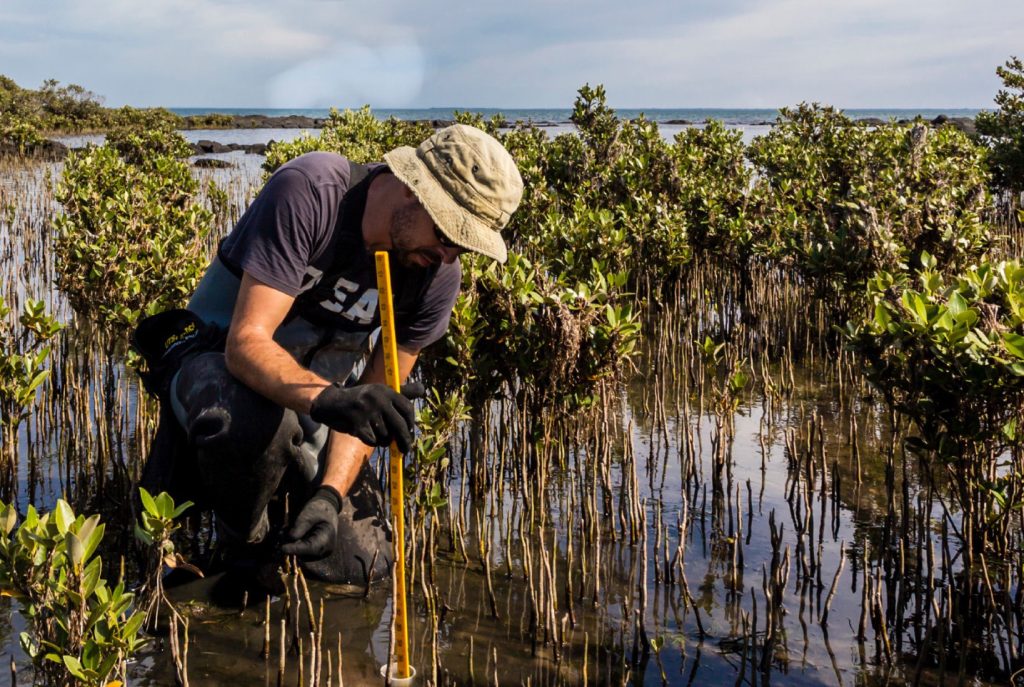Introduction
Our planet faces an imminent need for comprehensive measures to address environmental and social risks in financial systems, acknowledging the intricate connection between nature and the global economy. Biodiversity loss, a significant threat to stability, affects not only industries through supply chain disruptions but also communities dependent on fragile natural resources for their livelihoods. The Sustainable Financial Regulations and Central Bank Activities (Susreg) report from the World Wide Fund for Nature (WWF) reveals progress made by central banks, financial supervisors, and regulators in integrating environmental and social risks into their activities. The discussion below expands on Central banks’ actions while probing the gaps that still need to be bridged.
Central Banks Taking Action on Environmental and Social Risks
Several central banks are beginning to factor in nature-related financial risk disclosure, guided by the Taskforce for Nature-related Financial Disclosures (TNFD). For instance, Banque de France measures and discloses its impact on biodiversity in portfolios and pension funds. While these advancements are commendable, most large economies still lag in adopting measures to transition to a net-zero financial system that protects nature and supports vulnerable communities.
Despite the positive momentum in certain regions, the broader environmental and social risks are often overlooked, with 68% of high-income countries needing strong climate and environmental banking supervision policies. Even major emitters fail to implement adequate climate-related banking and insurance supervision. This gap is particularly pronounced in biodiverse regions like the Asia-Pacific and Latin America, exposing them to nature-related risks.
In terms of central banking monetary policies, while the European Central Bank leads in integrating environmental aspects, many central banks worldwide have yet to incorporate environmental and social considerations into their monetary toolkits, highlighting a critical need for a unified global effort to address these issues comprehensively.

Overlooking Broader Environmental and Social Risks
As countries globally commit to transitioning away from fossil fuels, the responsibility now falls on financial institutions to align with climate and biodiversity goals. Redirecting finance away from environmentally harmful activities, such as coal, gas, and oil, is critical for successfully transitioning to a low-carbon economy. Bold measures proposed, such as phasing out harmful sectors from central bank portfolios and imposing higher capital requirements on financial institutions involved in environmentally damaging activities, can have a substantial impact.
There is a pressing need to adopt sustainable banking and insurance supervision policies to bolster these efforts further. These policies should focus on climate risks and encompass broader environmental and social risks, creating a comprehensive framework for financial institutions to follow. Governments, central banks, financial supervisors, and regulators must collaborate to establish and enforce stringent policies that guide financial institutions toward sustainability. Financial institutions should also actively support green initiatives, investing in projects promoting environmental conservation, renewable energy, and sustainable practices. Encouraging the development of sustainable finance products, such as green bonds and impact investments, can channel funds into projects with positive environmental and social outcomes.
Furthermore, integrating technology and data analytics into financial decision-making processes can enhance identifying and assessing environmental and social risks. Leveraging artificial intelligence and machine learning can provide real-time insights, helping financial institutions make informed decisions that align with sustainability goals. These goals should also include the development of standardised metrics for measuring financial activities’ environmental and social impact.
A critical aspect of the transition to a sustainable financial system is the education and awareness-building within the financial sector. Training programs and awareness campaigns can help financial professionals understand the implications of environmental and social risks and equip them with the tools to integrate sustainability into their decision-making processes.
Aligning Financial Institutions with Climate and Biodiversity Goals
As we navigate this urgent transition, the financial sector must collaborate with academia, research institutions, and non-governmental organisations to continuously refine and improve sustainable finance practices. Establishing partnerships and sharing best practices can contribute to developing a global framework that comprehensively addresses environmental and social risks.
Conclusion
In closing, the current state of global financial systems demands immediate and comprehensive action to address environmental and social risks. While progress has been made in certain areas, there is a clear need for more robust and more unified efforts on a global scale. Governments, central banks, financial supervisors, and regulators must take bold action, implementing stringent policies and supporting initiatives that guide financial institutions toward sustainability. The integration of technology, the development of sustainable finance products, and ongoing education are crucial elements of this transition. By prioritising impactful measures, the financial sector can be pivotal in building a resilient and sustainable global economy that safeguards nature and vulnerable communities.
The risks of failing to expeditiously address the gap in oversight of environmental and social risks by central banks and financial supervisors are profound and multifaceted. As the climate crisis intensifies and biodiversity loss accelerates, delayed action exacerbates the vulnerability of both financial systems and communities. Ignoring the interconnectedness of economic stability and the environment heightens the likelihood of severe disruptions, ranging from supply chain breakdowns to increased financial losses due to extreme weather events. Socially, marginalised communities dependent on fragile ecosystems for their livelihoods face heightened vulnerability, further deepening existing inequalities. A prolonged delay in acknowledging and mitigating these risks jeopardises the resilience of global financial structures and undermines the broader goal of achieving a sustainable and equitable future. The urgency of closing this gap is paramount to safeguarding both the financial well-being of nations and the social fabric of our interconnected world.

Our Role
With the right financial partners, OceanBlocks emerges as a critical player in the battle against climate change, offering innovative solutions to assist companies in precisely accounting for and projecting their carbon emissions. By leveraging advanced technologies and data analytics, OceanBlocks facilitates a comprehensive understanding of a company’s environmental footprint, enabling more informed and sustainable business practices. Moreover, OceanBlocks goes beyond emissions tracking, actively engaging in research and development initiatives related to natural assets. Its commitment to establishing new mangrove plantations in various environments signifies a dedication to environmental restoration. Our desire and commitment to planting mangrove trees serve a dual purpose – not only does it contribute to carbon sequestration, aiding in the reduction of greenhouse gas levels, but it also plays a vital role in protecting coastlines from erosion. OceanBlocks is a willing and able organisation taking on initiatives to rebuild and preserve natural ecosystems, showcasing how technology and environmental stewardship can synergistically drive positive change.

